I can remember purchasing the original Steam Deck when it was first released at the start of 2022. The thought of owning a device that played full blown Triple A PC games in the palm of my hands had me so excited and was an incredible achievement at the time for Valve.
It hasn’t always been a bed of roses for the Steam Deck though. It was bulky to the point that it wasn’t the most portable gaming handheld on the market. The poor battery life was another great concern for many, myself included, as well as game compatibility issues, due to the Linux system being used, which to be frank, was greatly hit or miss as to whether a game would work or not, and this put many people off from purchasing the Steam Deck.
However, even with all of these issues, the Steam Deck still sold remarkably well, and I found myself fixated on being able to grow my catalogue of Triple A PC games, hoping that I didn’t have to jump through hoops to get them working.
I must have spent many hundreds of pounds on my game collection over the past 18 months or so, and it’s purely down to owning the original Steam Deck. I loved it, and it went everywhere with me, even to the bathroom.

Then Valve made a surprise announcement just a few weeks ago, and that was the reveal of the new Steam Deck OLED. Many expected this new console to be the Steam Deck 2, but unfortunately, that was not to be. The design of the Steam Deck OLED is practically the same as the original — but it’s the minor changes that make the OLED version of the original Steam Deck a must-have purchase for anyone who’s been sitting on the fence when considering whether to purchase one or not.
With a massive improvement in screen quality, longer battery life, and a few smaller tweaks, Valve have shown us that their portable gaming handheld is still one of the must-have gaming gadgets to own in 2023 and into the future.
Design and OLED Display
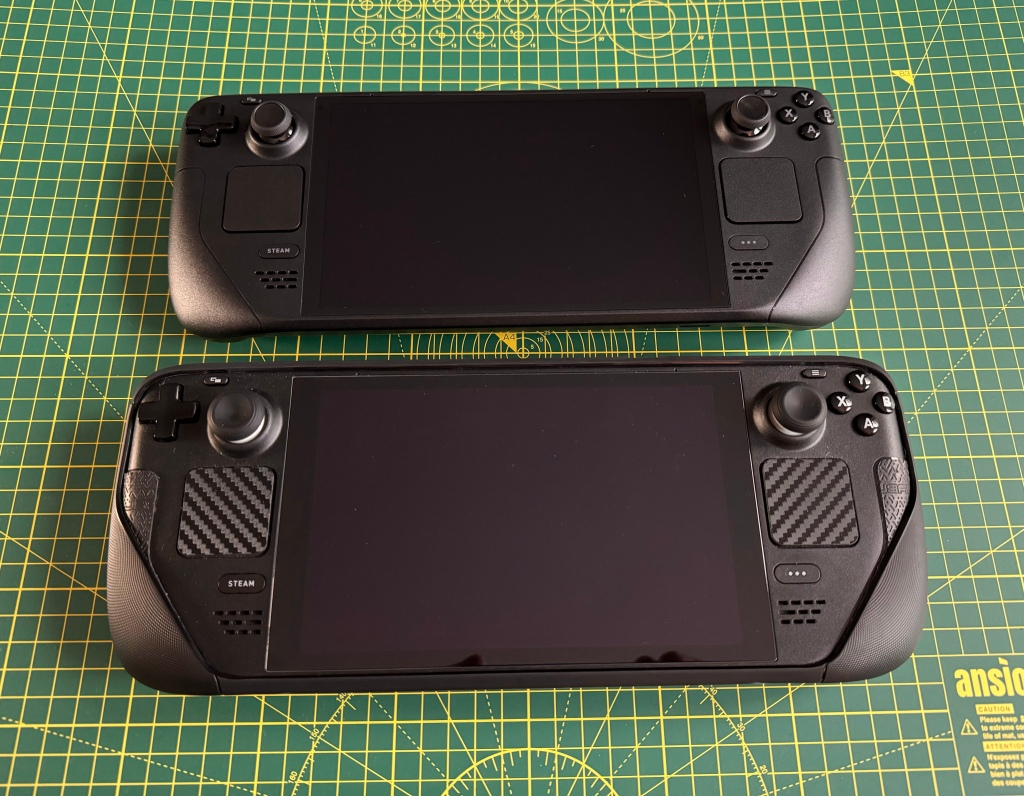
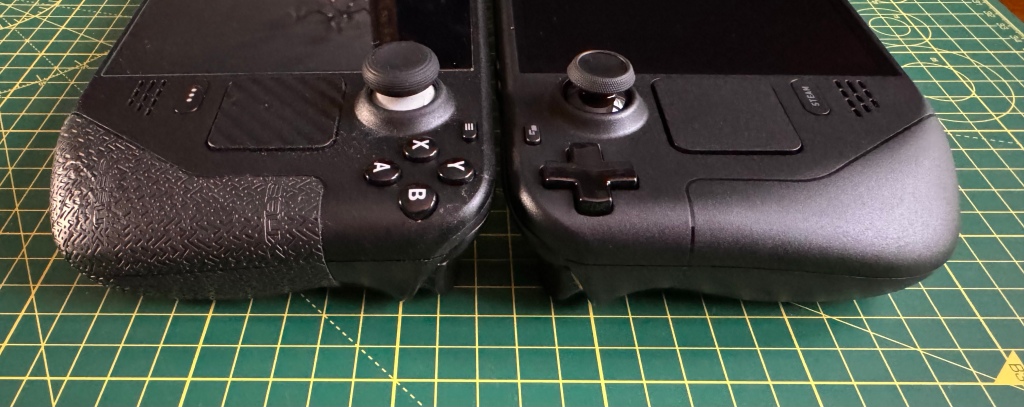
When it comes to the design, nothing has really changed. The main thing I did notice when picking it up against the original was the weight. Whilst it’s only marginally lighter, some 30 grams according to Valve, it’s certainly noticeable.
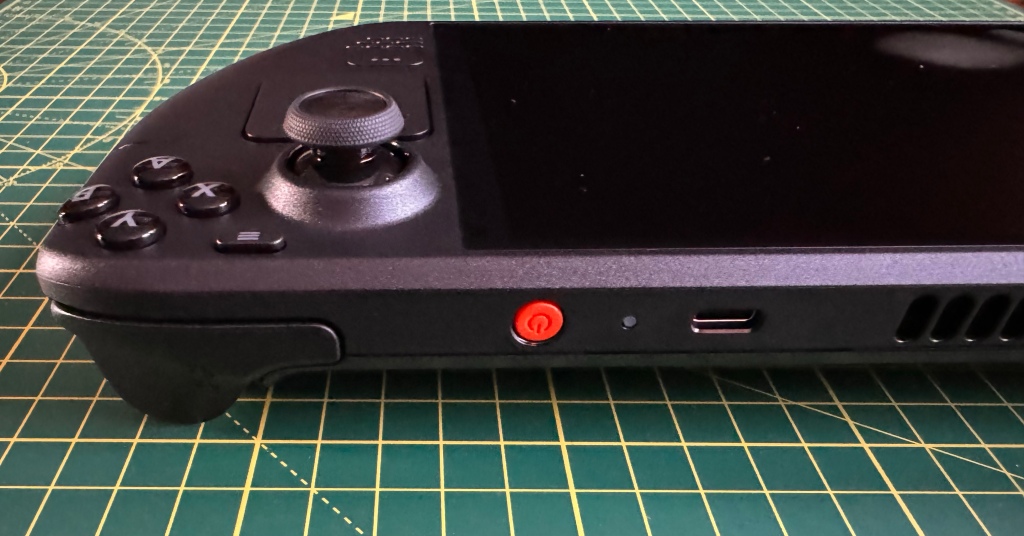
The only two other slight differences were the red power button next to the power light, and I think the sticks have a slightly deeper concave shape to them. Other than those examples, I could see no immediate changes made to the layout. I would love to have seen an additional USB-C port as it would have helped with plugging in an external SSD or Nreal glasses whilst also plugged into the mains. I have this option on my AYANEO 2S, and believe me, it’s so handy to have.


My major criticism with the original Steam Deck was with its display. It wasn’t bright enough, and the colours were a bit drab. Sure, you could use a third-party plugin that allowed you to increase saturation, but it wasn’t the same as having a decent screen.
Well, I am pleased to say that this is no longer an issue with the new Steam Deck OLED. As well as being slightly larger in size, 7.4” to be precise, the screen is now OLED, as well as having HDR. And my God, what a difference this new OLED screen makes for your gaming experience.
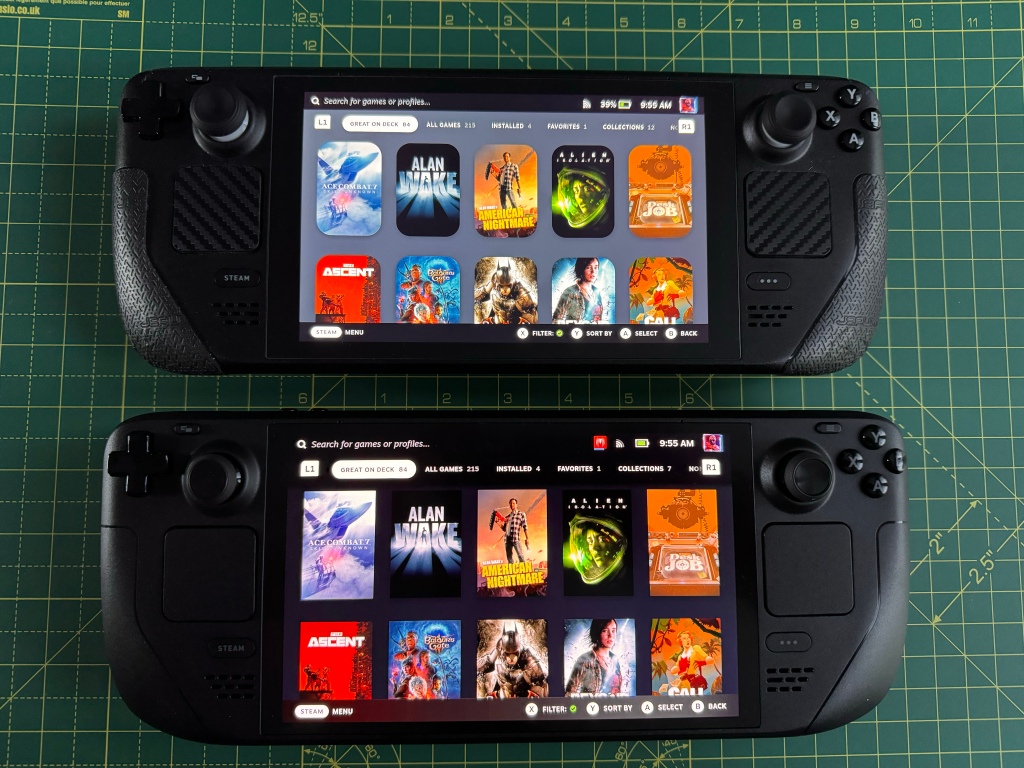
This significant upgrade has to make the Steam Deck OLED one of the best looking screens on the market. Whilst the screen itself is still only 1280×800 resolution when compared to the likes of the AYANEO 2S’s 1920×1200, that OLED screen makes the blacks appear inky black, and the colours now pop from the screen. It’s so difficult to show the differences through pictures, but believe me when I say that you will be blown away by how good the Steam Deck now looks.
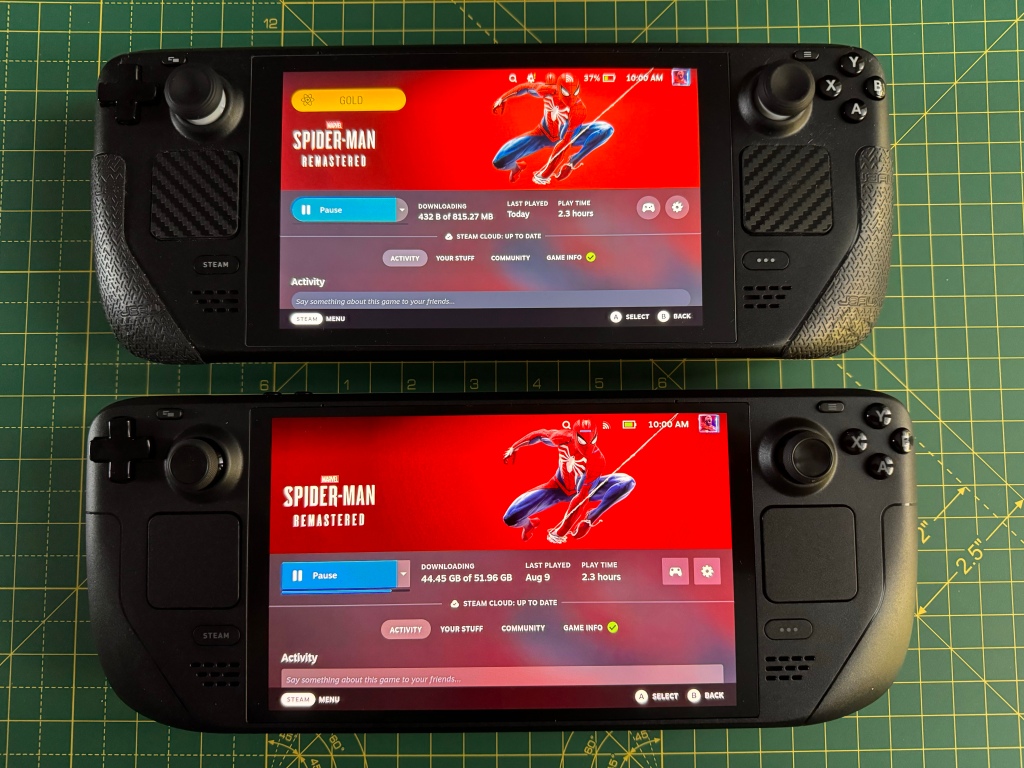
Not only does the new Steam Deck have an OLED screen, but it’s had a boost with the refresh rate too. It now has a 90Hz display, boosting games from 60 frames per sec. up to 90. Not all games will take advantage of this, but believe me, the games that do are now buttery smooth. Indie games like Hades look and run so well on the Steam Deck OLED.
Power and Battery Tweaks
There are also a number of worthwhile tweaks internally, which whilst they may not provide any additional power to the Steam Deck OLED, they do provide a more efficient experience. The new AMD chip being used has a 6-nanometer process node compared to the original’s 7. This makes it much more energy efficient, and it may boost the frames in some games slightly.
I tried playing Horizon Zero Dawn on both the original Steam Deck and then on the new one, and I found there was around 5fps difference between the two. Now, this might not sound like much, but in reality, you will find a lot of games are now going to be a little more stable, especially when using the 90Hz display.

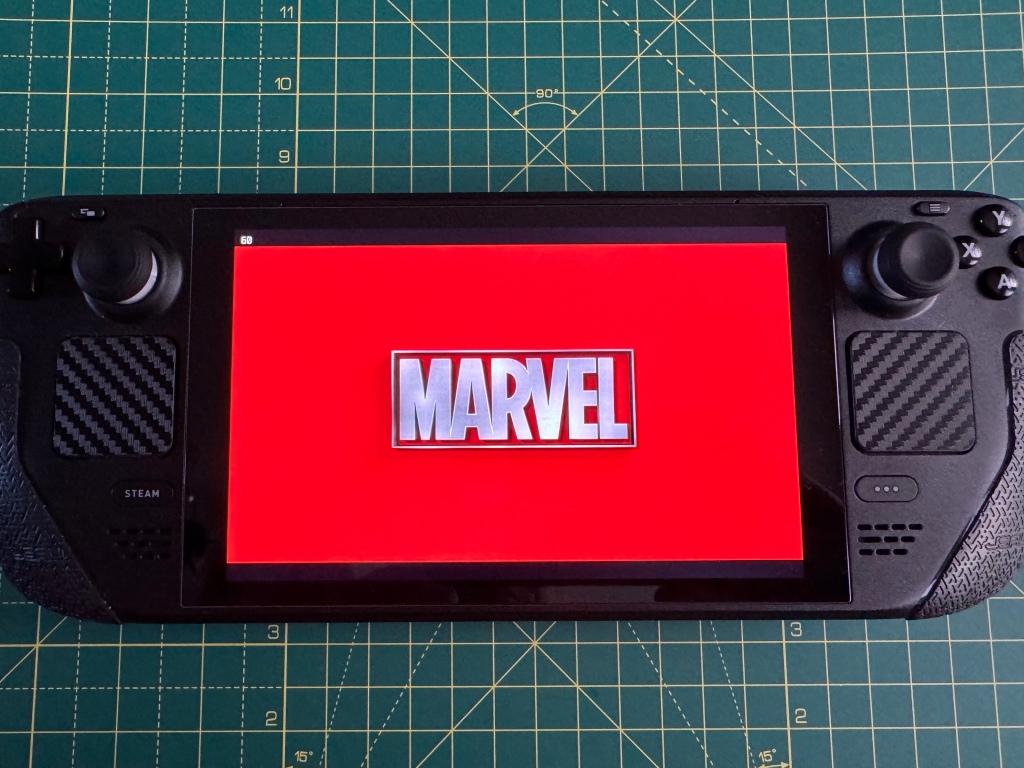
Another issue I had with the original Steam Deck was with the battery. Let’s be honest, it’s not great, especially when playing the likes of Forza Horizon 5 or Cyberpunk 2077. I was lucky to get around 1.5hrs of gameplay per session. Even with numerous software updates that help with performance, we are still a long way from getting 5-6 hours from a single charge.
However, the new OLED version has a much improved battery because the screen is more power efficient, and along with the new AMD chip, you can expect between 30-50% additional battery life, though again, this will depend on what you are playing.
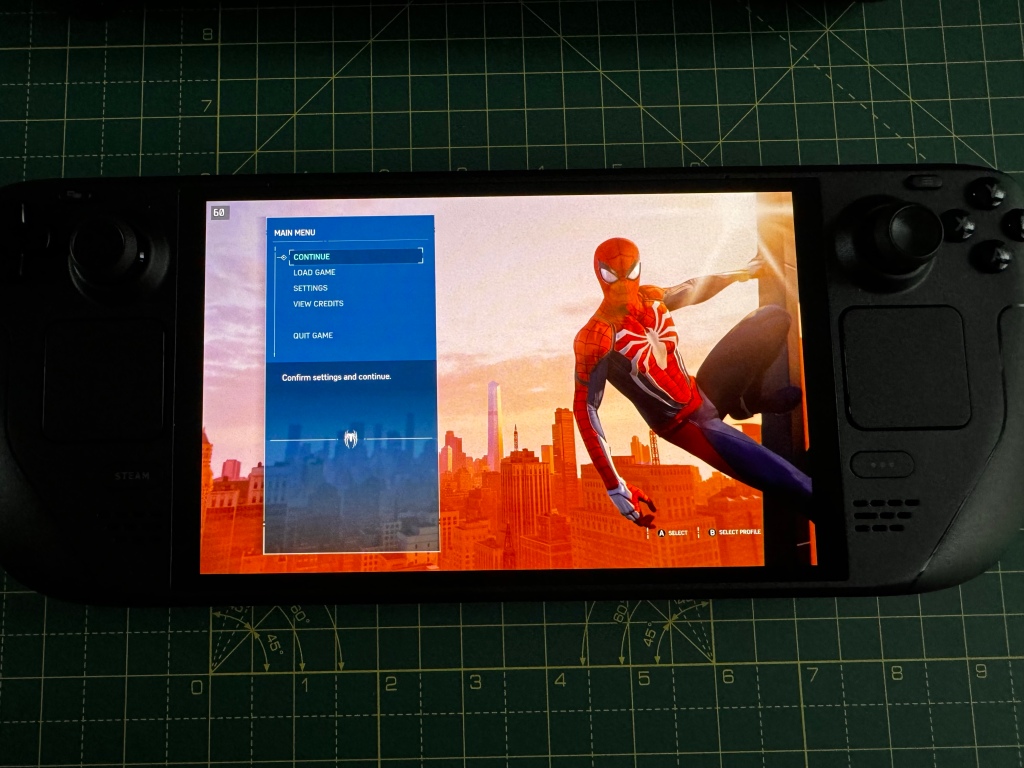
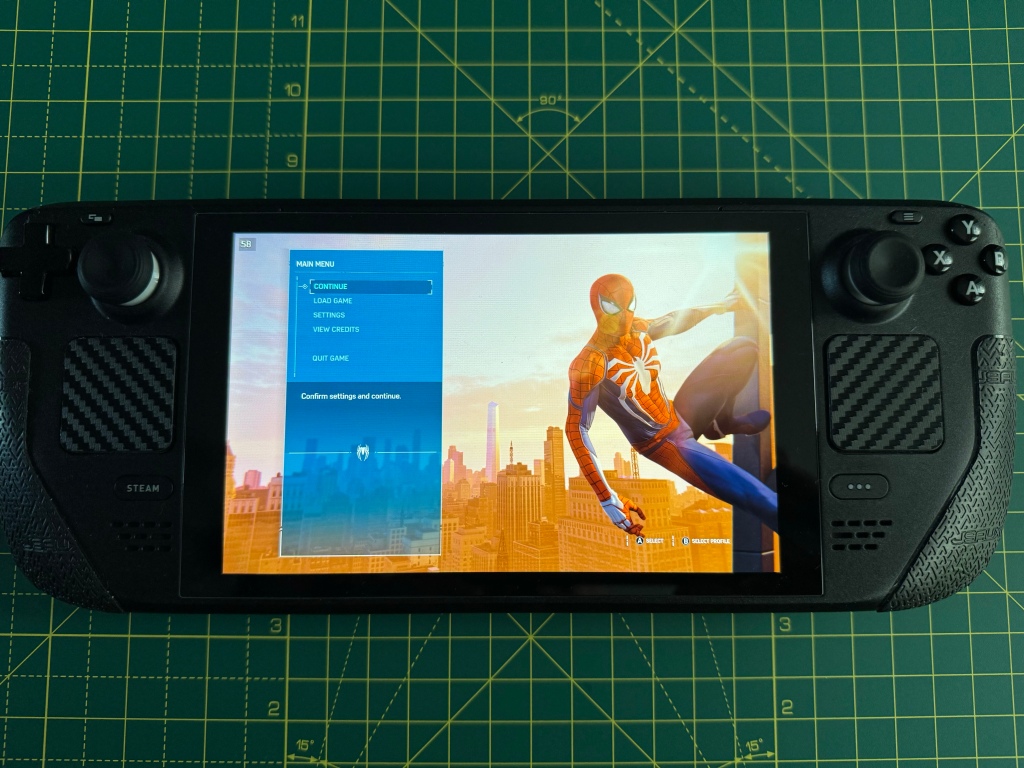
The Steam Deck OLED also has improved thermals, and I found that it did not get anywhere near as hot or loud with the fan compared to when I used my previous Steam Deck. It really does make a significant difference when playing Triple A games; now I don’t need to turn up my volume in order to drown out the fan noise.
Additional Changes
The new OLED version now supports Wi-Fi 6E, meaning that you will have significantly increased download speeds, if your home Wi-Fi supports it. There were a lot of complaints with the original Steam Deck regarding download speeds being very slow, so this should keep a lot of people happy.
I also think there has been an upgrade of the haptic strength on the touchpads. You can now feel precisely where your finger is on each pad with the feedback. It feels really cool, and I love the feel of it.
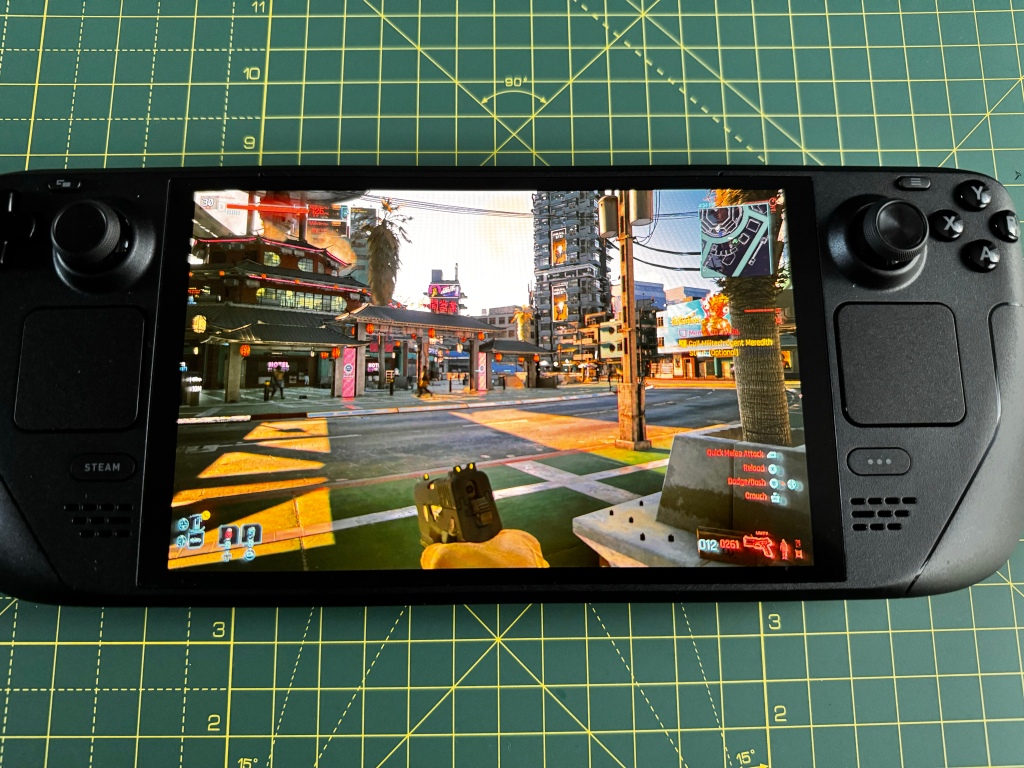

Another nice touch, if you are lucky enough to get a limited edition OLED model in the States, is a translucent shell with red aesthetics. The upgraded case has also seen an upgrade with a new red Steam Deck symbol on the front of it, as well as a padded liner that can be removed, which makes the case smaller. There is also a velcro strap that helps to stop the case from opening if you forgot to zip it. It’s little touches like these that make you realise that Valve have really sat down and listened to buyers and what they want.


I was very lucky to receive a review unit from Valve for the purpose of this article, and I’d like to thank them for that. Though I must point out that all of my thoughts and opinions are my own, and Valve did not see this article prior to it being published. So, on the back end of that, would I recommend buying the new Steam Deck OLED, especially if you already own the original, like I do?

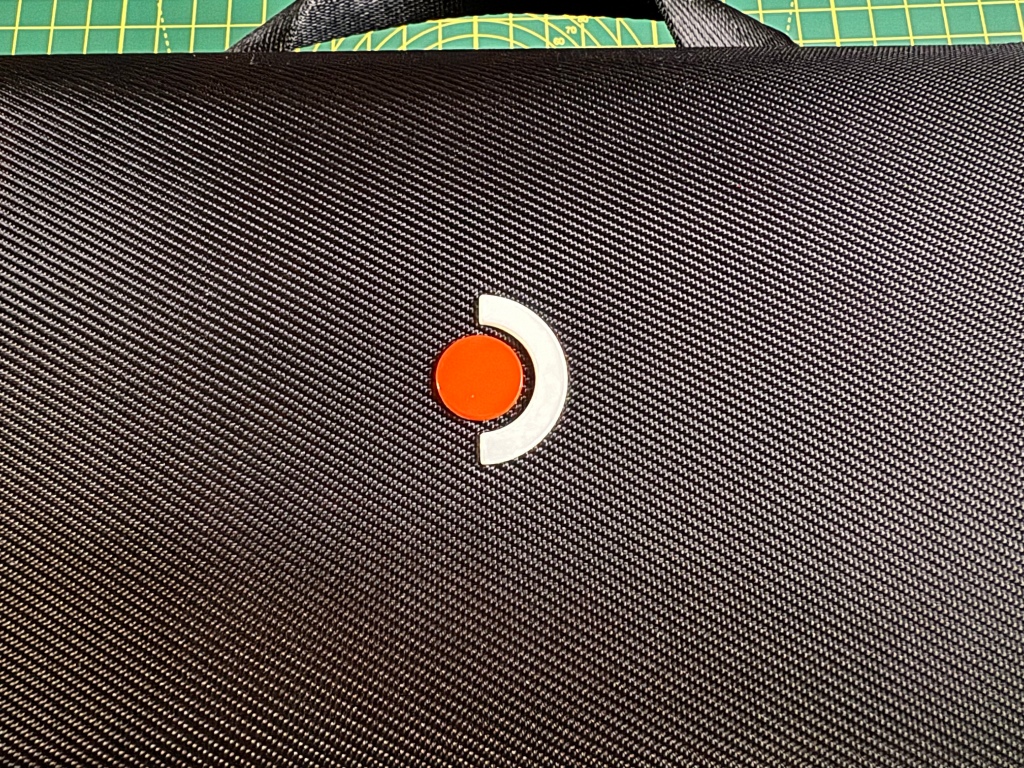
Well, my answer to that is going to be twofold. If you don’t already own a Steam Deck, then for me, buying the OLED version is a no-brainer, especially as it’s actually cheaper than the original. The changes that Valve have made are a substantial upgrade on a gaming handheld that was already good to start with (other than the hoops you have to jump through sometimes due to the OS and Linux).

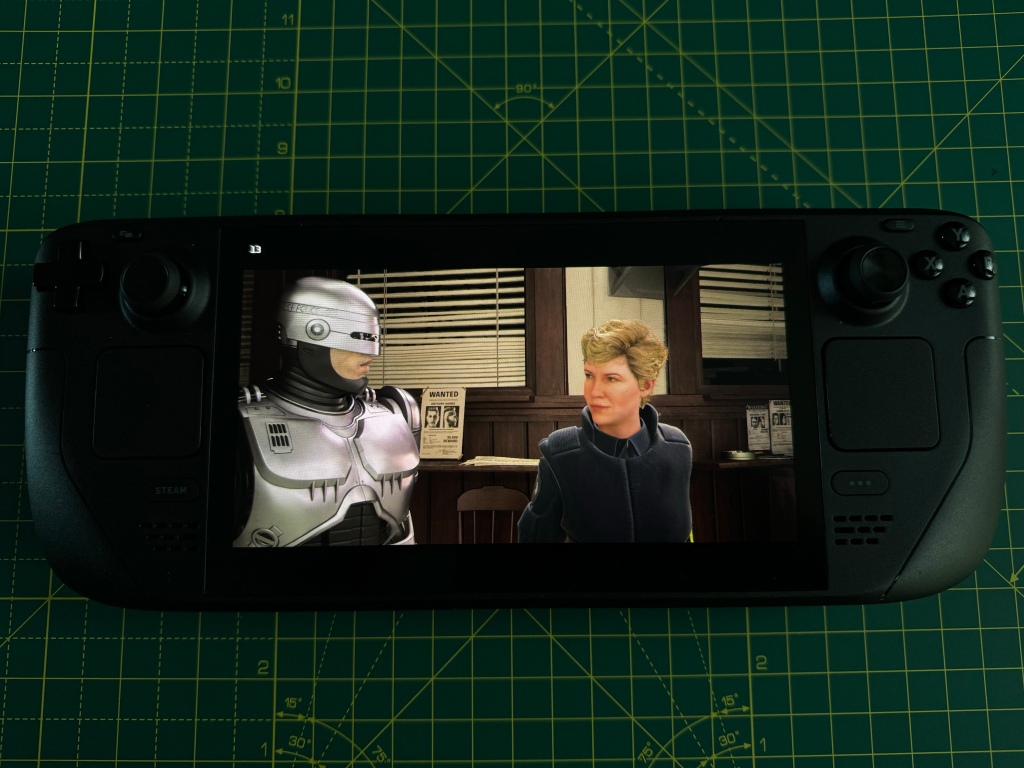
My AYANEO 2S is more powerful than the Steam Deck OLED, but that cost almost £900, and its Windows operating system can be just as frustrating to use as the Linux software on the Steam Deck. However, due to the increased specs on my 2S, I will probably be future proofed for more demanding games.
On the other hand, the Steam Deck OLED will continue to get updates and support from Valve, the same as the original Steam Deck did (which improved everything considerably within the OS) since it released at the start of 2022. This is something that the likes of AYANEO have seriously lacked.
The Steam Deck OLED, for me, is evolving into something really special. If you aren’t bothered about the upgraded screen and that extra battery power, then you may want to stick with the original Steam Deck if you already own one. But by doing so, you are missing out on something special, and I can’t wait to see what Valve have in store for the Steam Deck OLED 2.



